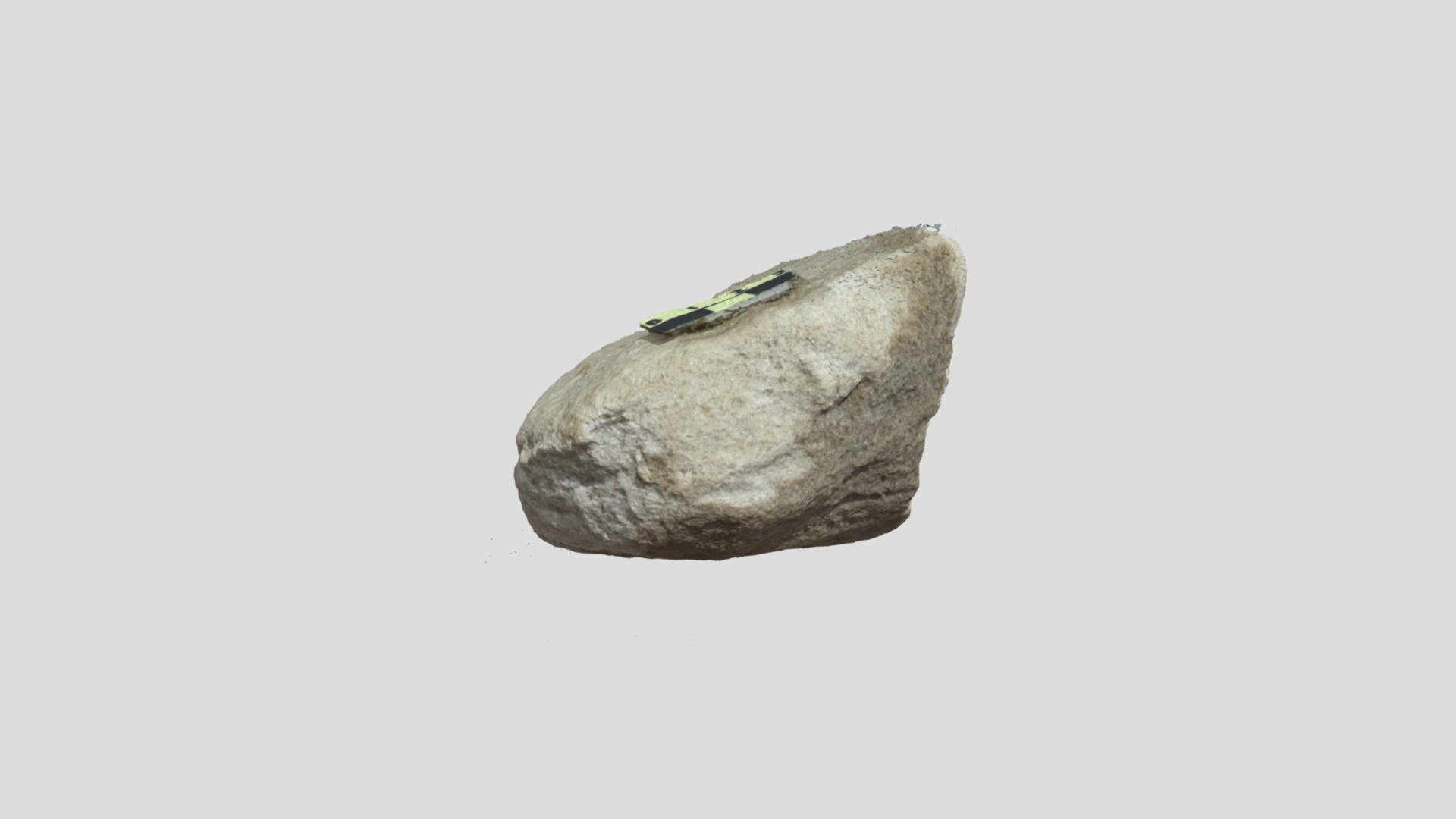
Sandstone 1
sketchfab
Humans are tasked to examine sedimentary rocks and their structures in this lab exercise. The first part is a comprehensive study of these two subjects. To begin, we need to consider the definition of each term. A sedimentary rock is formed from the accumulation and compression of mineral and organic particles. This process typically occurs over an extended period, allowing for the formation of various textures and structures. The primary structure of sedimentary rocks can be categorized into three types: clastic, chemical, and organic. Clastic sedimentary rocks are composed primarily of fragments of pre-existing rocks that have undergone physical weathering. These fragments may include minerals, rock particles, or even fossils. The size and shape of these fragments determine the type of clastic rock formed. Chemical sedimentary rocks, on the other hand, form from chemical reactions between minerals in solution. This process can occur either in a water-based system or through a non-water based system. Chemical precipitation is a key factor in the formation of this type of rock. The third category, organic sedimentary rocks, are formed primarily from plant and animal matter. These types of rocks often contain fossils that provide valuable information about the past environment and conditions under which they were formed. In conclusion, sedimentary rocks come in three primary forms: clastic, chemical, and organic. Understanding these structures is essential for further study and analysis.
With this file you will be able to print Sandstone 1 with your 3D printer. Click on the button and save the file on your computer to work, edit or customize your design. You can also find more 3D designs for printers on Sandstone 1.
